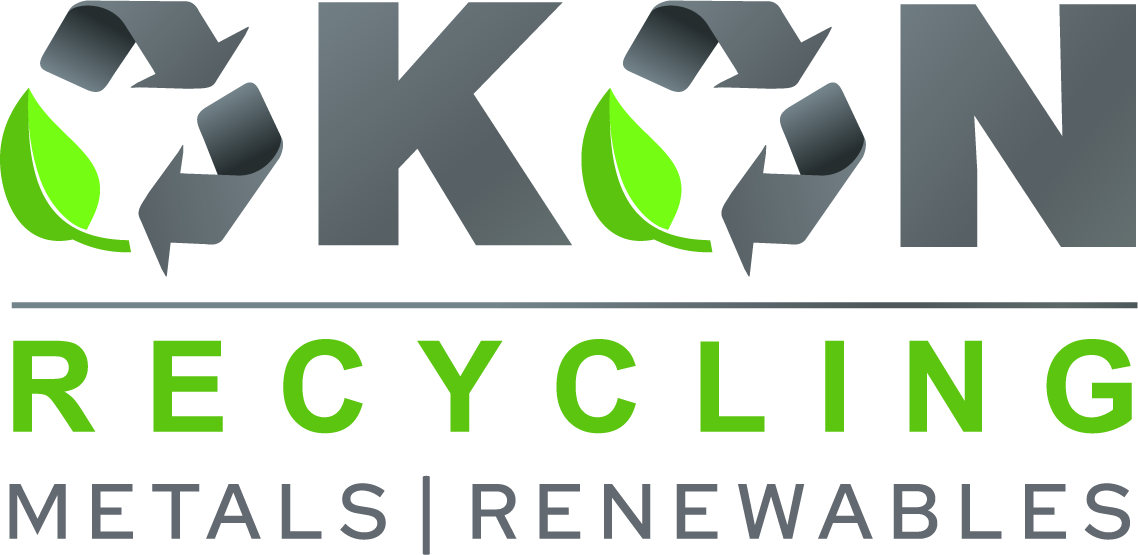5901 Botham Jean Blvd, Dallas, TX 75215
Maximizing Value: A Guide to Selling Brass for Scrap
April 3, 2025Did you know that selling brass for scrap can add extra cash to your pocket while supporting sustainable resource management? With brass scrap prices around $2.02 per pound as of early 2025, it’s an ideal time to profit from your unused brass items.
Brass, an alloy mainly of copper and zinc, has been essential to industry and craftsmanship for centuries. Its durability, corrosion resistance, and aesthetic appeal make it a valuable material in the recycling market. As global demand for raw materials rises, your discarded brass items could be more valuable than you think.
This guide explores selling brass for scrap, from identifying valuable items to negotiating the best prices at your local scrap yard.
Preparing Your Brass Scrap for Sale
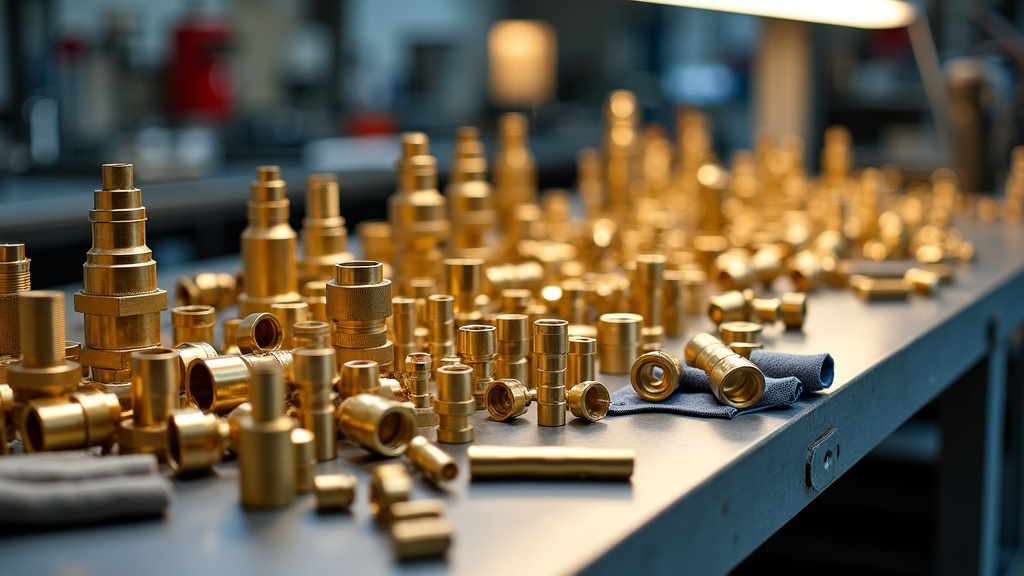
Proper preparation of brass scrap can significantly impact the value you receive. By following key steps, you can ensure your brass scrap fetches the best price from recyclers. Here are the best practices for preparing your brass scrap for sale.
Sort Your Brass Scrap
The first step is careful sorting. Different brass types have varying compositions and values. Separating your brass scrap into distinct categories can help maximize profits.
Identify the types of brass in your collection. Common categories include yellow brass, red brass, and naval brass. Yellow brass, often found in decorative items, typically contains about 70% copper and 30% zinc.
Red brass, with a higher copper content (around 85%), is often used in plumbing fixtures and valves. Naval brass, containing a small amount of tin for corrosion resistance, is frequently used in marine applications.
| Type | Composition | Common Uses |
| Alpha Brass | Less than 37% zinc | Machine parts, screws, rivets |
| Beta Brass | 37% to 45% zinc | Valves, plumbing components, hardware |
| Gamma Brass | Above 45% zinc | Specialized applications requiring strength |
| Red Brass (Gunmetal) | 85% copper, 5% zinc, 5% tin, 5% lead | Plumbing fixtures, bearings, gears |
| Naval Brass | 40% zinc, 1% tin | Marine applications like ship fittings |
| Cartridge Brass (Alloy 260) | 70% copper, 30% zinc | Ammunition casings, automotive radiators |
| Leaded Brass | 2% to 3% lead | Hardware components, electrical connectors |
| Yellow Brass (Alloy 272) | 33% zinc | Decorative elements, electrical connectors |
Clean Your Brass Thoroughly
After sorting, the next step is cleaning. Dirty or contaminated brass is less valuable because impurities affect recycling. Remove non-brass components like rubber gaskets or plastic parts.
Use a soft brush or cloth to remove dirt and dust. For stubborn grime, a mild soap solution can be effective. Avoid harsh chemicals that might react with the brass.
Pay special attention to brass items with coatings or paint. While not always necessary, removing these can increase the value of your scrap. Cleaning your brass scrap metal by removing contaminants, paint, insulation, and other coatings can significantly raise its value.
Remove Non-Brass Components
Inspect brass items for non-brass components. This step is crucial for increasing purity and value. Look for elements like steel screws, iron bolts, or plastic inserts attached to your brass pieces.
Use appropriate tools to remove these non-brass parts. This process not only increases the value of your brass scrap but also makes recycling more efficient. The purer your brass scrap, the higher the price it’s likely to fetch.
Separate by Grade and Purity
After cleaning and removing non-brass components, separate your brass scrap by grade and purity. Different grades of brass command different prices in the recycling market.
High-grade brass, typically with higher copper content, is more valuable. Items like water meters, valves, and certain fittings often fall into this category. Lower grade brass, with more zinc or other alloys, should be grouped separately.
If unsure about the grade of certain brass items, consider consulting with a scrap metal expert or using a metal analyzer if available. This effort can lead to a more accurate valuation of your scrap.
Weigh and Package Your Scrap
The final step is weighing and packaging. Use a reliable scale to weigh your sorted and cleaned brass scrap. Knowing the exact weight helps estimate its value and ensures you get a fair price from recyclers.
When packaging, use sturdy containers that can handle the weight. Avoid mixing different grades of brass in the same container. Clearly label each container with the type and weight of brass it contains.
By taking these steps, you’re not just increasing the value of your brass scrap – you’re also contributing to more efficient recycling processes. The effort you put into preparing your scrap can directly translate into higher returns when selling to recyclers.
Finding Reputable Brass Scrap Buyers
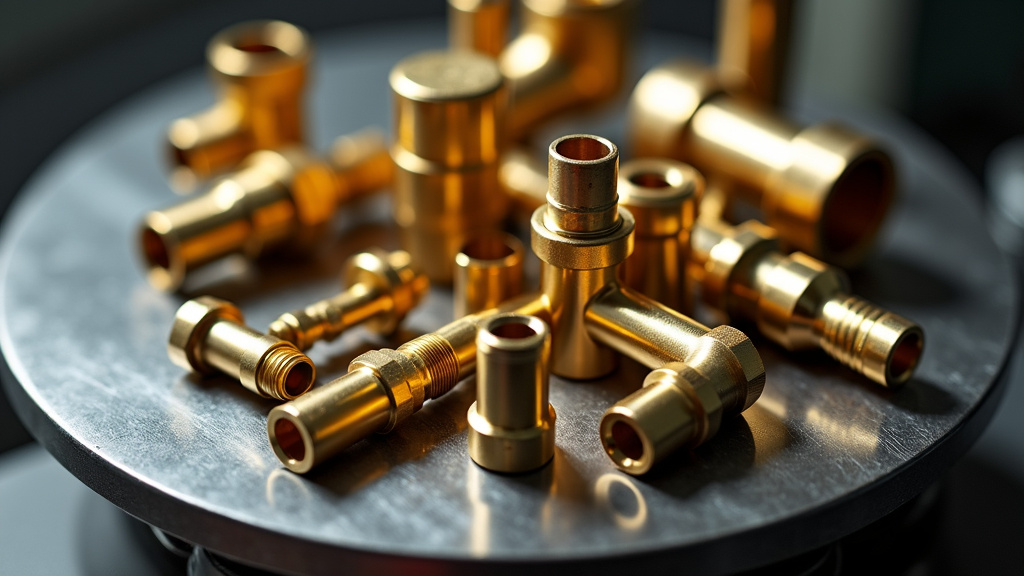
Selling brass for scrap can significantly impact your returns, especially when choosing the right buyer. With current scrap brass prices ranging from $2.01 to $2.14 per pound, finding reputable buyers offering fair prices and ethical practices is crucial. Here’s how to identify trustworthy brass scrap buyers and maximize your profits.
Researching Local Scrap Yards and Metal Recyclers
Begin by investigating local scrap yards and metal recycling centers. These businesses often specialize in various scrap metals, including brass. Look for established yards with a history of fair dealings and positive customer feedback.
Use online directories and review sites to list potential buyers. Pay attention to customer ratings and comments about pricing, service, and experience. A reputable buyer should be transparent about their pricing and grading processes.
Contact these businesses directly. Reputable scrap yards will gladly answer questions about their buying procedures, pricing structures, and accepted materials. This initial contact provides valuable insights into their professionalism and reliability.
Comparing Prices and Services
Once you’ve identified potential buyers, compare their offerings. Brass scrap prices can vary significantly based on factors like brass type, quantity, and state tax policies. Obtain quotes from multiple buyers to ensure the best deal.
When requesting quotes, provide detailed information about your brass scrap, including its type (e.g., yellow brass, red brass, brass pipe) and approximate weight. Some buyers offer better rates for larger quantities, so consider consolidating your scrap.
Factor in additional services that may affect your profit. Some buyers offer free pickup for large quantities, while others may charge for transportation. These details can impact your earnings.
Verifying Licenses and Ethical Practices
Ensure your chosen buyer operates legally and ethically. Reputable scrap metal buyers should be licensed by state or local authorities. Ask for proof of licensing and verify with local government.
Ethical recycling practices are important. Look for buyers committed to environmentally responsible methods. Many reputable recyclers display their certifications or affiliations with industry organizations promoting sustainability.
Be cautious of buyers offering deals that seem too good to be true or reluctant to provide clear information about their processes. A legitimate buyer prioritizes transparency and regulatory compliance.
Checklist for Identifying Reputable Brass Scrap Buyers
- Verify the buyer’s business license and permits
- Check online reviews and ratings from customers
- Compare prices from multiple buyers for competitive rates
- Inquire about their grading and weighing processes
- Ask about environmental certifications or recycling practices
- Confirm acceptance of your specific brass types
- Understand their payment methods and timing
- Evaluate customer service during initial interactions
By following this checklist and conducting thorough research, you can significantly increase your chances of finding a reputable brass scrap buyer. The goal is not just to get the highest price, but also to ensure a smooth, fair, and legal transaction.
Be transparent about your brass scrap’s condition to avoid potential price deductions later. A trustworthy buyer will appreciate your honesty and provide a fair assessment of your materials.
Ultimately, finding reputable brass scrap buyers requires diligence and research, but the effort pays off in better prices and peace of mind. By prioritizing licensed, ethical buyers with competitive prices and positive reputations, you’ll maximize the value of your brass scrap while supporting responsible recycling practices.
The Environmental Impact of Brass Recycling
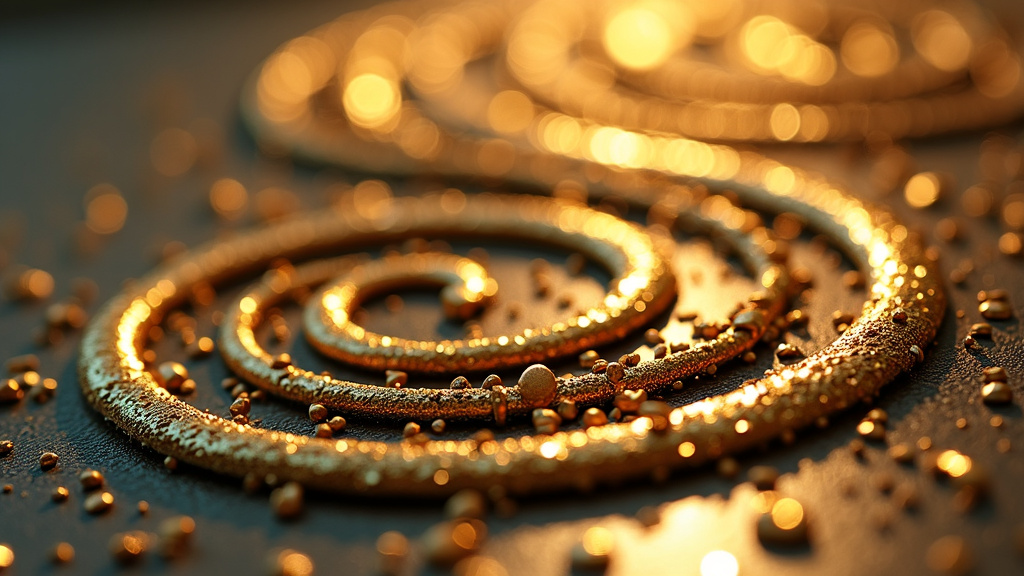
Brass recycling exemplifies environmental stewardship in our resource-demanding world. This process not only diverts valuable metal from landfills but also transforms our approach to resource management. Let’s explore the benefits that make brass recycling essential for sustainable practices.
The energy savings from brass recycling are impressive. According to industry data, recycling brass requires up to 90% less energy than producing it from virgin materials. To put it in perspective, for every ton of brass recycled, it’s similar to unplugging a small power plant. This substantial energy reduction significantly decreases our carbon footprint.
Conserving Natural Resources
Brass recycling plays a crucial role in preserving our planet’s finite resources. Every piece of recycled brass means less copper and zinc extracted from the earth. This conservation extends beyond the metals to entire ecosystems that would otherwise be disrupted by mining. It’s a ripple effect that impacts every aspect of our environment.
The impact on resource preservation is significant. Recycling one ton of brass can save up to 8 tons of bauxite, 14,000 kWh of energy, and 7.6 cubic meters of landfill space.
These figures highlight the extensive influence of brass recycling on waste reduction and resource conservation. It’s not just about saving metal; it’s about protecting our planet’s future.
Water conservation is another critical benefit of brass recycling. Traditional metal extraction and processing are notoriously water-intensive. By choosing recycled brass, we indirectly save millions of gallons of water, a resource becoming increasingly scarce worldwide. It’s a silent but significant contribution to global water conservation efforts.
Supporting the Circular Economy
Brass recycling is fundamental to the circular economy, challenging the traditional ‘take-make-dispose’ model. It promotes a system where resources are used, recovered, and regenerated. This shift not only reduces waste but also fosters innovation in product design and manufacturing processes, encouraging industries towards more sustainable practices.
The economic benefits of brass recycling align perfectly with its environmental advantages. The recycling industry creates jobs, stimulates local economies, and provides a steady stream of affordable raw materials for manufacturers. It’s a win-win situation where ecological responsibility meets economic opportunity, demonstrating that sustainability and prosperity can coexist.
How Okon Recycling Can Help with Selling Brass for Scrap
Experience and expertise are crucial in brass scrap recycling. With over a century of metal recycling know-how, Okon Recycling is a trusted partner for those selling brass scrap. Our commitment to sustainable practices and advanced technology ensures top value for your materials while supporting environmental conservation.
We recognize that each client has unique needs. Whether you’re an individual with a small collection or a large business with industrial quantities, our team can handle projects of all sizes. We offer tailored solutions to meet your specific requirements, ensuring a seamless recycling experience.
Our modern facilities efficiently and sustainably process brass scrap. Using advanced sorting and processing techniques, we handle various types of brass, from clean scrap to complex alloys. This technology maximizes the value of your brass while minimizing environmental impact.
Maximizing Your Profits from Brass Scrap
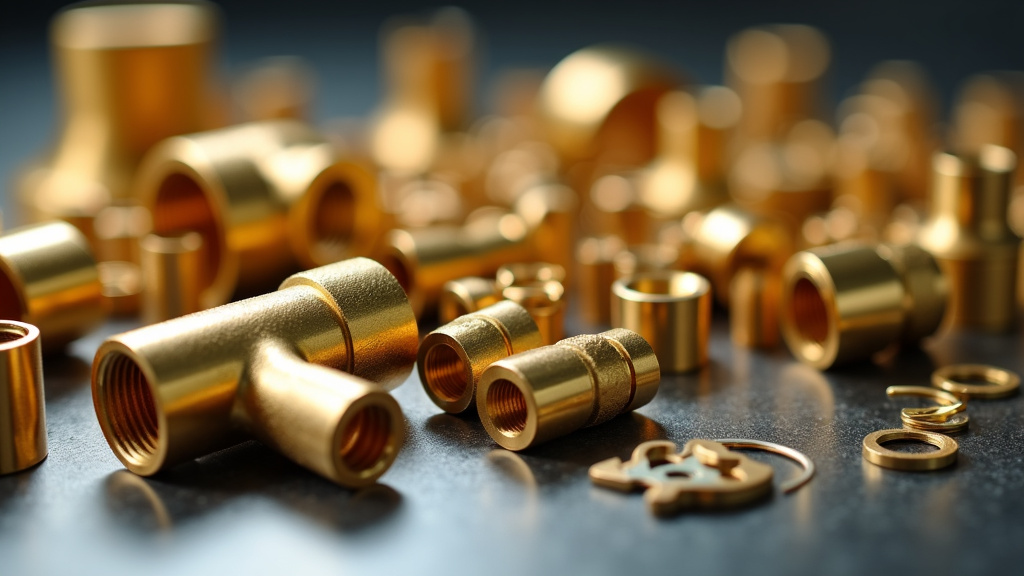
Maximizing profits from brass recycling requires a strategic approach. By staying informed about market fluctuations, properly preparing materials, and partnering with a reputable recycler, you can significantly boost returns while supporting sustainability.
The key to success is understanding the value of your brass scrap. Different types, such as red and yellow brass, have varying market prices. Sorting and cleaning your scrap not only increases its value but also streamlines the recycling process and reduces environmental impact.
In a volatile market, staying updated on brass prices is crucial. As of April 1, 2025, yellow brass scrap was priced at $2.15 per pound, but these prices can change daily. Regularly checking market rates ensures the best deal for your materials.
To maximize profits and support a circular economy, Okon Recycling offers competitive pricing and expert guidance. Whether you’re a homeowner with a few old fixtures or a contractor with large scrap quantities, their team provides tailored solutions to meet your needs.
Don’t let valuable brass go to waste. Contact Okon Recycling at 214-717-4083 to turn your brass scrap into cash while positively impacting the environment. Together, we can create a more sustainable future, one piece of brass at a time.
